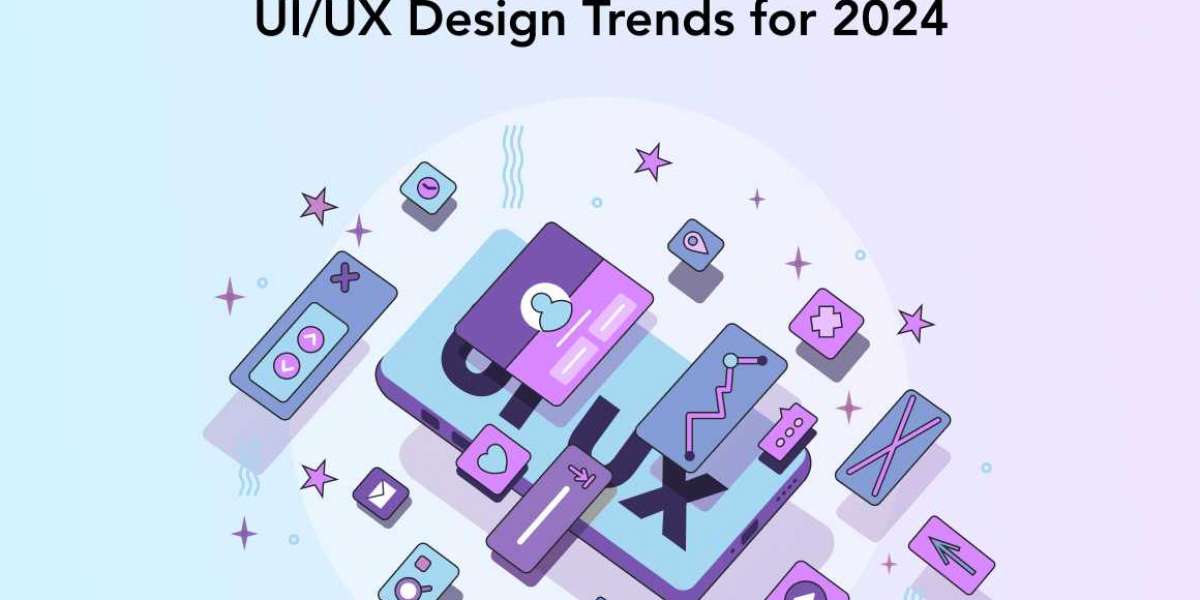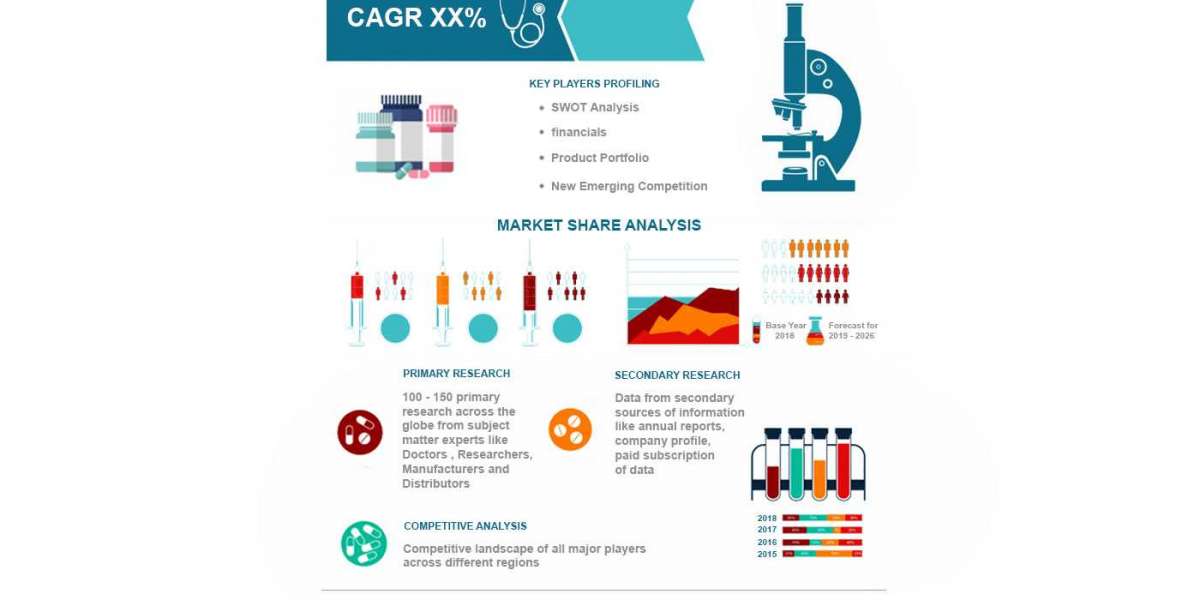In today's digital age, a visually appealing website is no longer enough. To truly captivate your audience and drive conversions, you need a website that prioritizes the user experience (UX). This means understanding your target audience, their needs, and their behavior on your website. A user-centric approach to website design leads to increased engagement, customer satisfaction, and ultimately, business growth.
Understanding the User Experience (UX)
UX design encompasses the overall experience a user has when interacting with a product or service, with a strong focus on enhancing user satisfaction. This involves analyzing user needs and preferences to create meaningful and enjoyable experiences. While UI design focuses on the visual aspects of an interface, UX design takes a broader approach, encompassing branding, usability, information architecture, and user research.
Key Elements of Effective UX Design
Several key elements contribute to a positive user experience on a website:
- Intuitive Navigation: Users should be able to easily navigate your website and find the information they need quickly and effortlessly. This involves creating a clear sitemap, a well-structured navigation menu, and using visual cues to guide users through your site.
- Clear and Concise Content: Content should be easy to read, understand, and visually appealing. Use headings, subheadings, bullet points, and images to break up text and improve readability.
- Mobile Responsiveness: With the majority of internet browsing now taking place on mobile devices, it's crucial that your website is fully responsive and provides a seamless experience across all screen sizes.
- Fast Loading Times: Users expect websites to load quickly. Optimize your website's performance to ensure fast loading times, which can be achieved by optimizing images, using a content delivery network (CDN), and minimizing code.
- Accessibility: Your website should be accessible to all users, including those with disabilities. This involves following accessibility guidelines, such as providing alternative text for images and ensuring sufficient color contrast.
The Benefits of Investing in UX Design
Investing in UX design can yield significant benefits for your business:
- Increased Conversions: A website that is easy to use and navigate can lead to increased conversions, as users are more likely to complete desired actions, such as making a purchase or filling out a contact form.
- Improved Customer Satisfaction: A positive user experience leads to happier customers who are more likely to return to your website and recommend it to others.
- Enhanced Brand Loyalty: By providing a consistent and enjoyable user experience, you can strengthen your brand identity and foster customer loyalty.
- Reduced Development Costs: Addressing UX issues early in the design process can save you time and money on costly redesigns and revisions later.
DesignersX: Your Partner in User-Centric Design
At DesignersX, we believe that a successful website begins with a deep understanding of the user. Our team of experienced UX designers can help you create a website that not only looks great but also delivers a seamless and engaging user experience. We employ a user-centric design process, conducting thorough user research, creating user personas, and rigorously testing our designs to ensure they meet the needs of your target audience.
To learn more about how we can help you create a website that converts visitors into loyal customers, visit us at https://www.designersx.us/website-design-development/.









